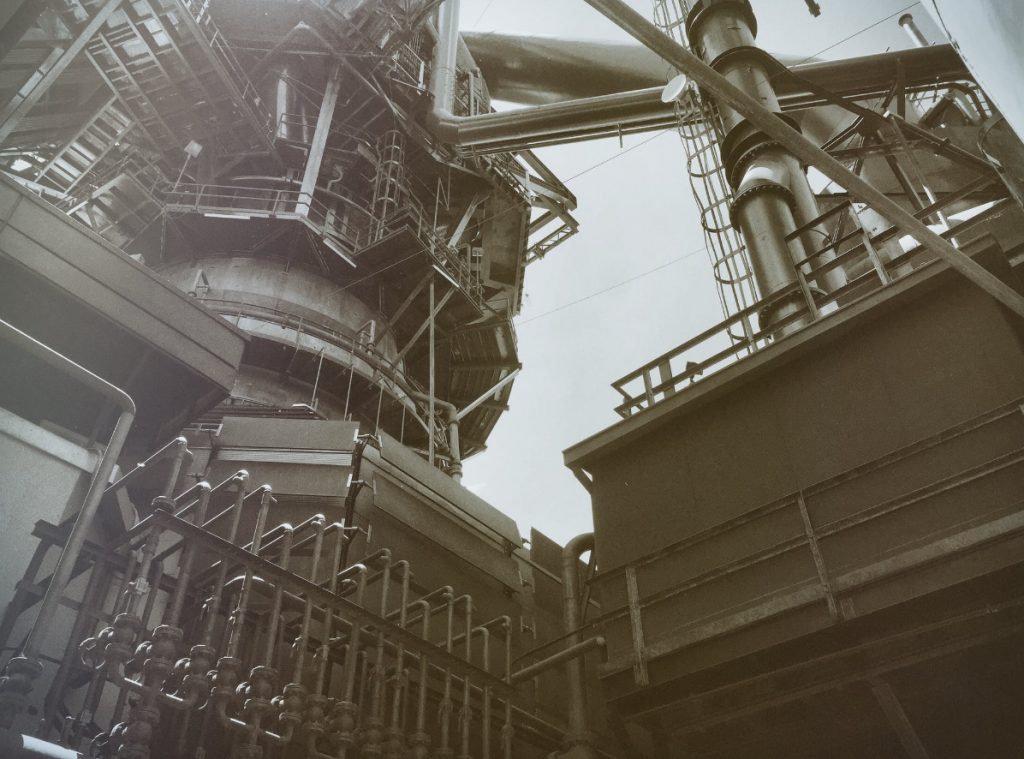
Pipeline assembly tips
Pipeline assembly is one of the most prominent and necessary services of our age. With more and more industries using pipelines as a means of transportation for their liquid goods and produce, there is no wonder that the techniques that go into pipeline assembly must be of the top quality. Professionally assembled pipelines are strong and sturdy, ready to transfer anything from clean water and beer, through sewage and slurry, to oils, gas and other chemically stable substances. What does it take to create and assemble a good, stable pipeline and why is it necessary to do it right?
Professional pipeline assembly
Pipelines with all the fittings, fastenings and secondary constructions, as well as transit pipelines on overpasses and underground are all a part of professional pipeline assembly. Companies that are specialised in such installations know exactly what are the standards for strong and well-built pipelines and constantly participate in training courses that prepare them for all the new technology available.
How do the professionals assemble the pipelines? First of all, it’s all about the preparation. The company that is taking care of the pipeline assembly must know exactly what are they going to be used for and on that basis they estimate the level of security that needs to be put in place. If time is of the essence, companies use prefabricated pipes to assemble the pipeline faster. However, it can never all be done off-site. Pipeline assembly on the construction site is more crucial than any preparations that can be done beforehand. That is why construction workers must be prepared to the highest standards possible.

One of the basic skills that pipeline construction entails is welding. Properly welded pipeline should be stable and resistant to damages and the specific liquids that will be transported through said pipeline. There is one fault, however – welding means many joints that are obviously weakening the whole pipeline and can be a risk when hazardous materials come in place. This is why a new method of induction bending is being applied to more and more pipeline assembly sites. Bended pipes using heat and power means that the pipeline is of a desired shape before it gets delivered to the construction site and as such, it minimises the need for welding points across the whole pipeline. Such method is used by more and more professional assembly companies and has proven to be far more successful in recent years with number of pipelines constantly growing.
Why do you need professionally assembled pipelines?
Professional pipeline assembly is the best way of ensuring that the materials that will be transported by the pipeline won’t damage it right away. Pipeline assembly, as stated before, is not an easy process and it does require a lot of knowledge and right techniques. That is why industries such as energy heating industry, petrochemical and chemical companies, industrial building, marine industry and drilling platforms all use professionals to weld and bend and assemble their pipelines. After all, in most of those industries there is no room for error.


